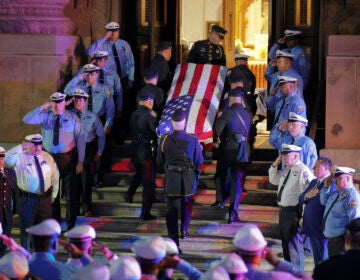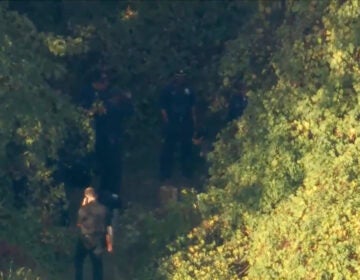How Philadelphia police draw on personal experiences to respond to mental health crises
Studies over the past two decades have shown a person with serious mental illness can be over 10 times more likely to experience use of force during police interactions.

Crisis Intervention Response Team (CIRT) members Therapist Krystian Gardner, right, and Philadelphia Police Officer Vanity Cordero move to their vehicle near the start of their shift in Philadelphia, Friday, March 14, 2025. (AP Photo/Matt Rourke)
On a frigid February morning, Vanity Cordero, a Philadelphia police officer, heard a call over the radio for a man threatening to jump from a bridge. The details sounded familiar.
When Cordero arrived, she realized she’d met him months earlier on the same bridge, where she talked him down by engaging him in conversation about his family and by bringing him a hot meal.
Cordero is a member of a program that pairs trained officers with mental health and social work clinicians to respond to 911 calls and other crises. It’s focused on de-escalation practices and providing connections to services including follow-up support as an alternative to arrest and entering into the criminal justice system.
The unit started as a pilot program in late 2022, nearly two years after the fatal police shooting of Walter Wallace Jr., who was experiencing a mental health episode when police responded to his mother’s call for help.
Studies over the past two decades have shown a person with serious mental illness can be over 10 times more likely to experience use of force during police interactions.
In the wake of Wallace’s death, the police and the city both invested in programs to better respond to mental health crises — one of dozens of similar initiatives in other police departments across the country.
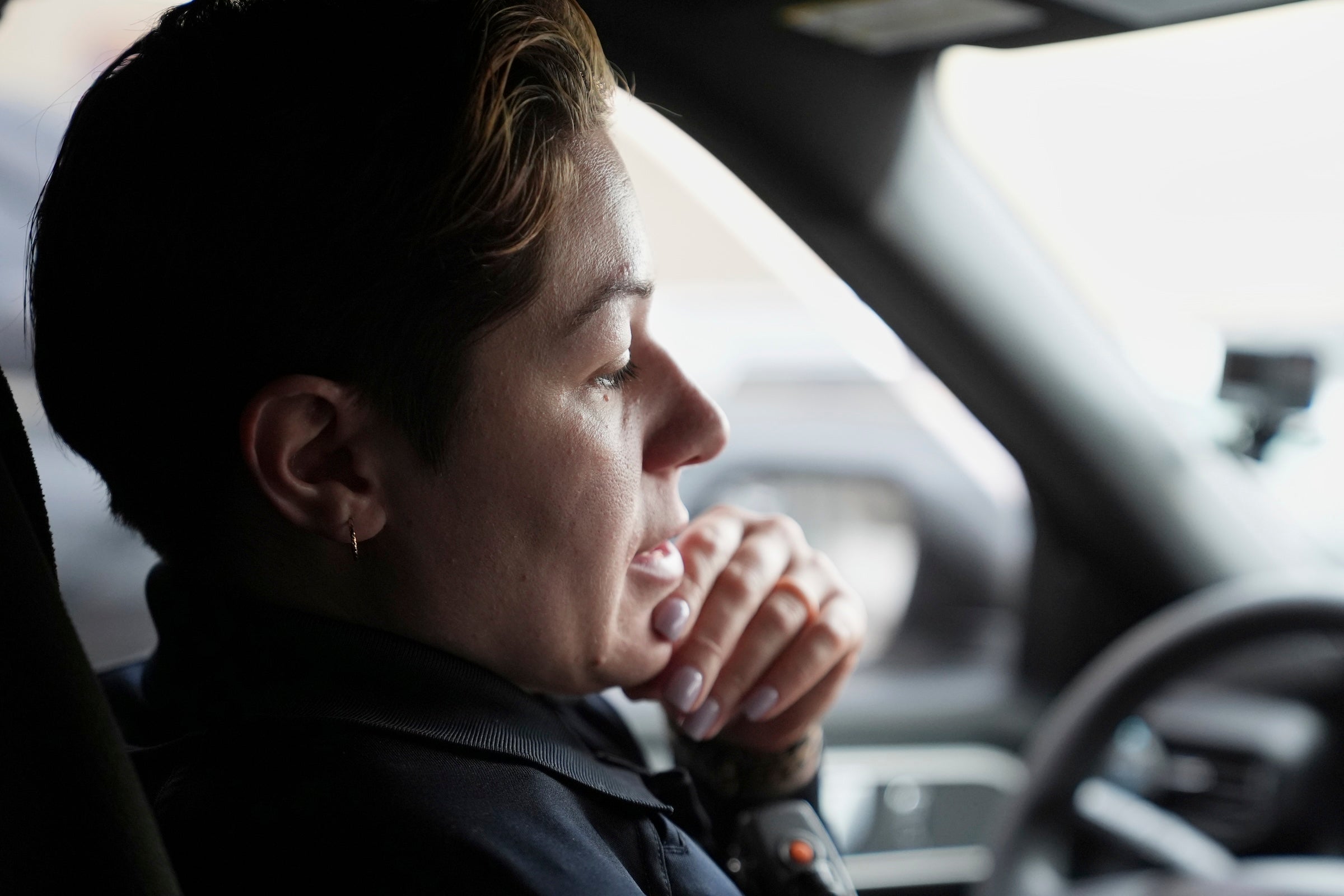
Officers with a personal connection
What makes Philadelphia’s unit unique is the robust follow-up resources and that most of the officers on Philadelphia’s team, including Cordero, have personal experiences that made them want to join — family members with mental illness or addictions or previous work with at-risk populations.
Cordero grew up living with her uncle, who her mother takes care of because of an intellectual disability that today would be diagnosed as autism, she said. She’s an advocate for better practices for police interacting with autistic people.
“When I’m on the street and I’m serving in the community, I think of someone being my uncle or, you know, any family member. Everyone is a family member to someone,” she said. ”It just gives you a little bit more edge and patience and courteousness to the people that need your help.”
On this February morning, Cordero rushed to the bridge as a member of the Crisis Intervention Response Team to help responding patrol officers.
CIRT teams, who drive SUVs without police lights and department decals and wear less formal uniforms, are often requested by other officers to assist, and also choose calls to respond to citywide.
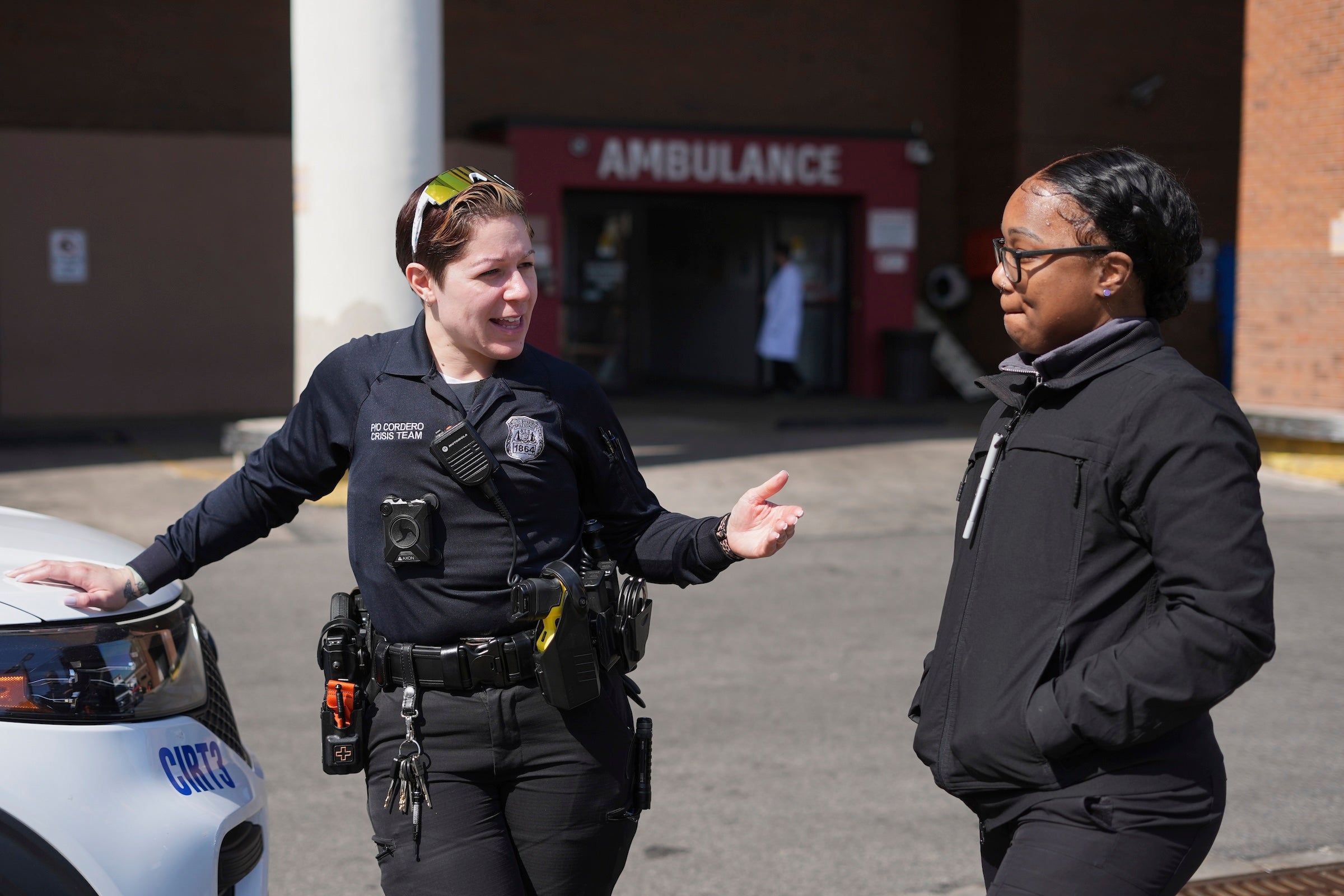
She stayed back until she was needed, but the man spotted her and teased her about not being as tan as she was the last time they saw each other.
They laughed about Cordero getting pale over the winter months and she reminded him it was cold outside, especially on that bridge.
A few hours later, the man was on his way to a mandatory mental health hold and clinician Krystian Gardner would follow up in the coming days and offer resources to the man’s family.
Mental health is a growing part of police work
A lot of officers on the team said many calls were about mental health when they were on regular patrol. But officers usually have just a few minutes to spend handling calls before being pulled to the next incident.
The CIRT team, however, spends more than an hour on average with each person, said Lt. Victoria Casale, who oversees the unit.
“In policing, there just isn’t the resources or time to spend hours on calls,” Casale said. “But we want our officers to spend time with people. We’re not leaving you. We’re trying to solve this problem with you.”
The team’s clinicians, who work for the nonprofit Merakey, a behavioral health provider, also bring experience and resources to the table.
Audrey Lundy, program director for Merakey, said one of her first calls with the unit reframed her perspective. Instead of doing a typical welfare check — on a mother who hadn’t been to work in awhile — Lundy and the CIRT officer brought over groceries for the family using a flexible needs spending card. The woman had gotten sick, was unable to work and began experiencing a financial crisis.
The groceries opened the door to a broader conversation about the resources that may be available to help her cover school costs, long-term expenses and ultimately, get back to her job.
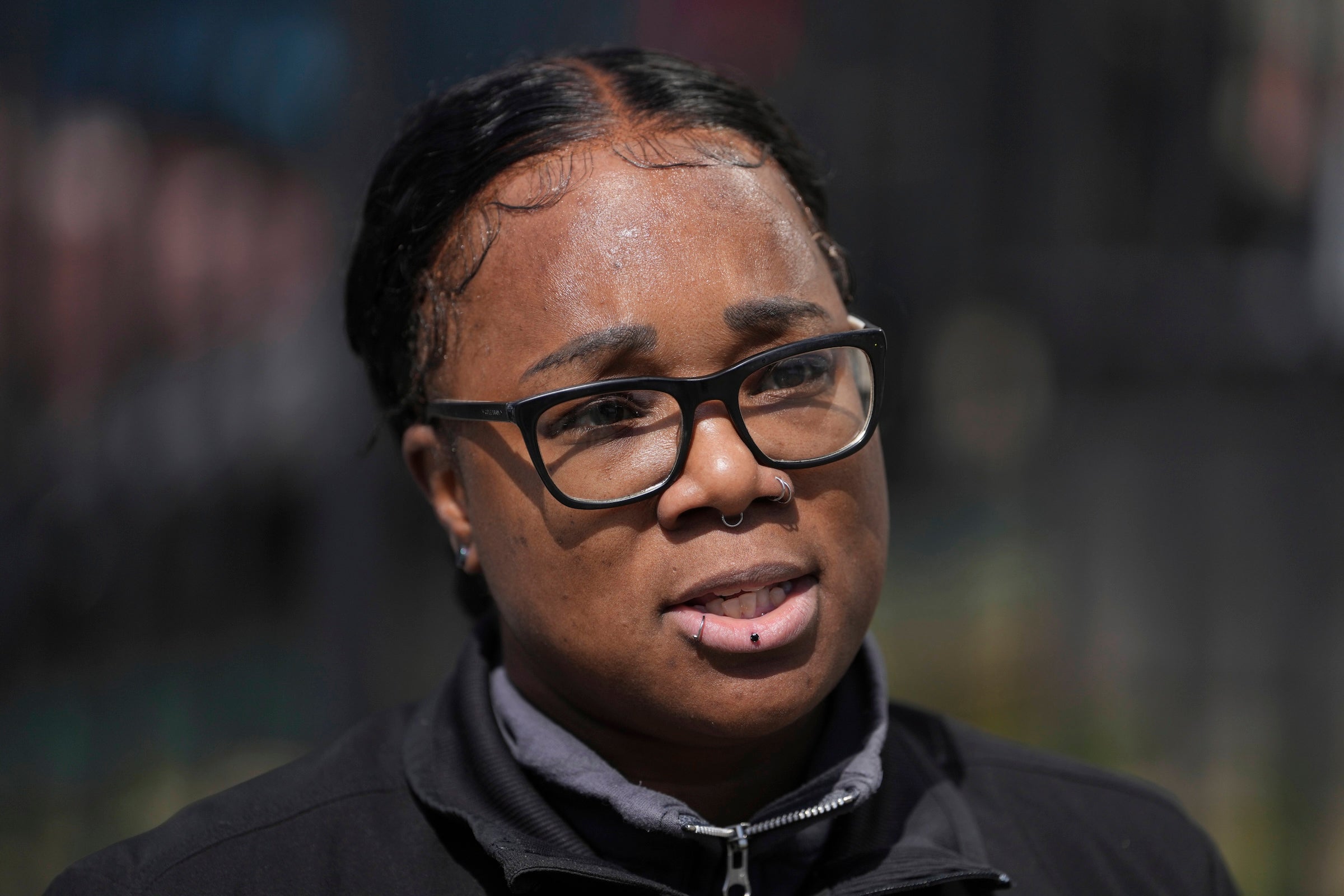
A veteran problem solver
The officers like the idea of being problem solvers. For Officer Kenneth Harper, a Marine combat veteran, his CIRT assignment has given him the opportunity to help fellow veterans having a hard time readjusting to civilian life or dealing with mental health concerns.
“There was a gentleman that served over 30 years in the Army — a very decorated, highly respected person,” Harper said. “But he was very stubborn, never received any help or services.”
Harper and another officer with military experience built a rapport with the man, eventually getting him to the veterans hospital for treatment and help with housing.
“We kept in touch for months after that, checking in,” he said.
Casale said Harper has gone far above and beyond, even recruiting other veterans in the department to share trainings about trauma responses and resources for vets.
It’s just one way the small unit has expanded its reach. The eight-officer CIRT team covers the entire city on weekdays, but crises don’t stop on nights and weekends. Casale hopes the team can grow in numbers as districts across the city become familiar with and trust the work they do.
They want people to call CIRT directly if they need help instead of waiting until it’s an emergency and calling 911.
“We want them to call us,” Cordero said, of connecting with the man on the bridge. “I told him, you know, you can call us. We can just go eat. We don’t have to keep meeting on this bridge.”
___
This story includes discussion of suicide. If you or someone you know needs help, the national suicide and crisis lifeline in the U.S. is available by calling or texting 988. There is also an online chat at 988lifeline.org.

Get daily updates from WHYY News!
WHYY is your source for fact-based, in-depth journalism and information. As a nonprofit organization, we rely on financial support from readers like you. Please give today.



